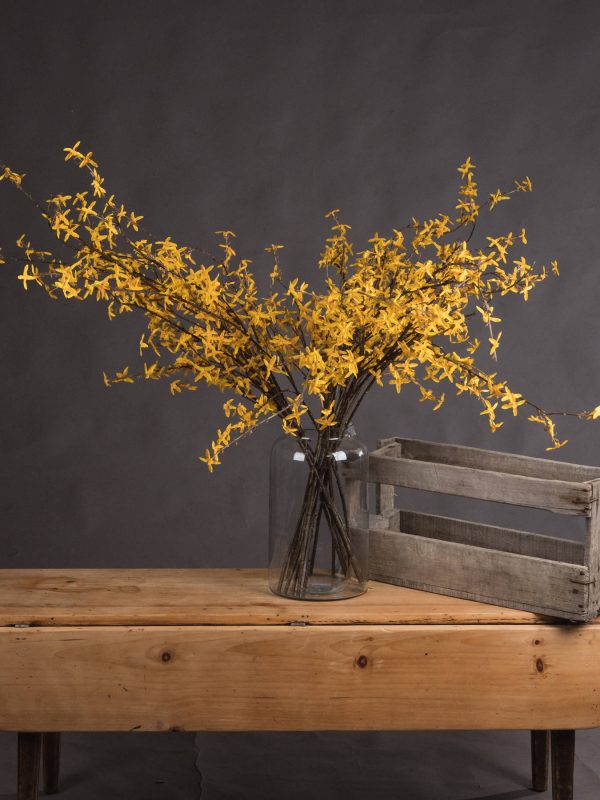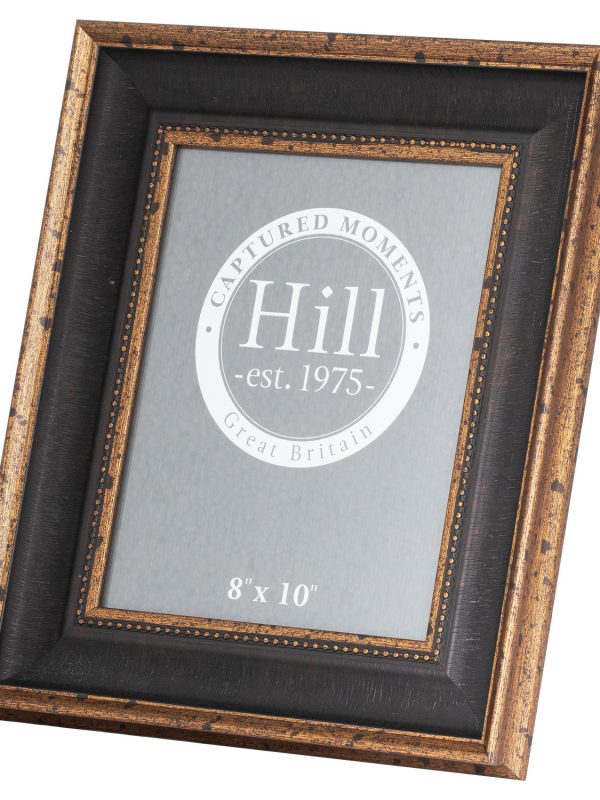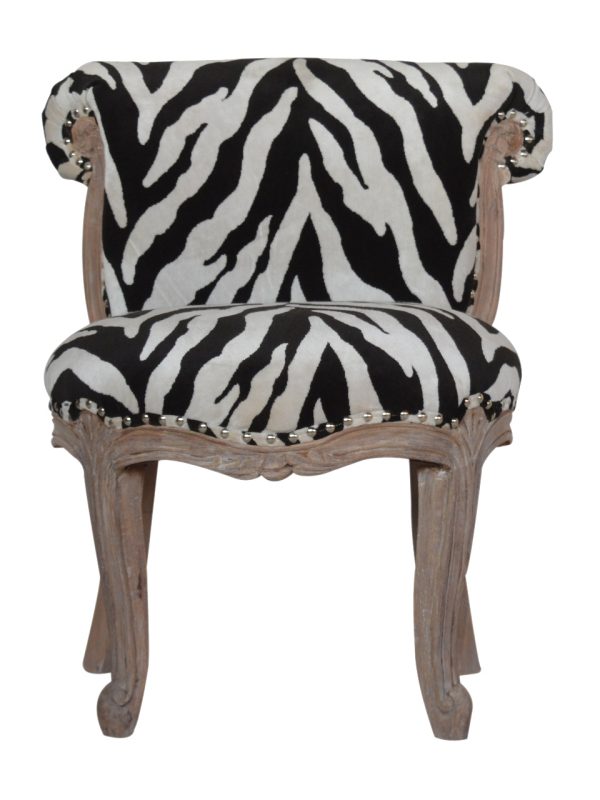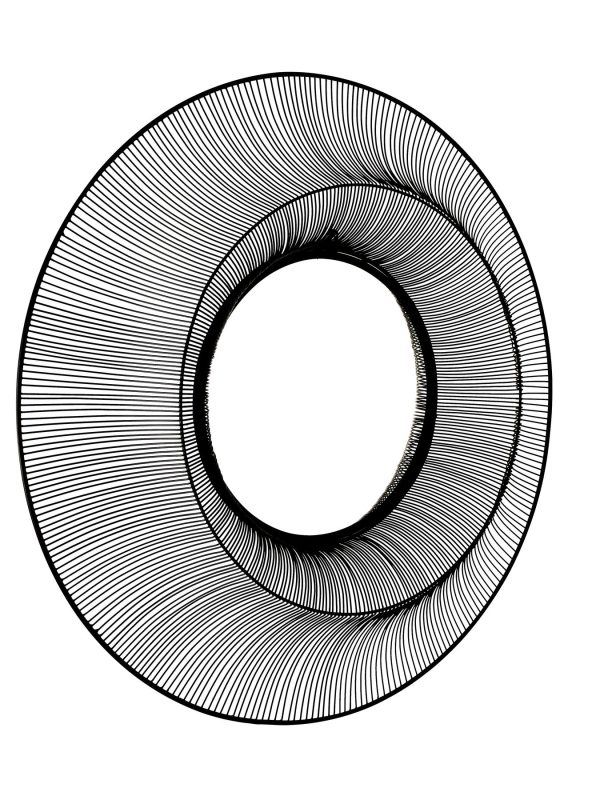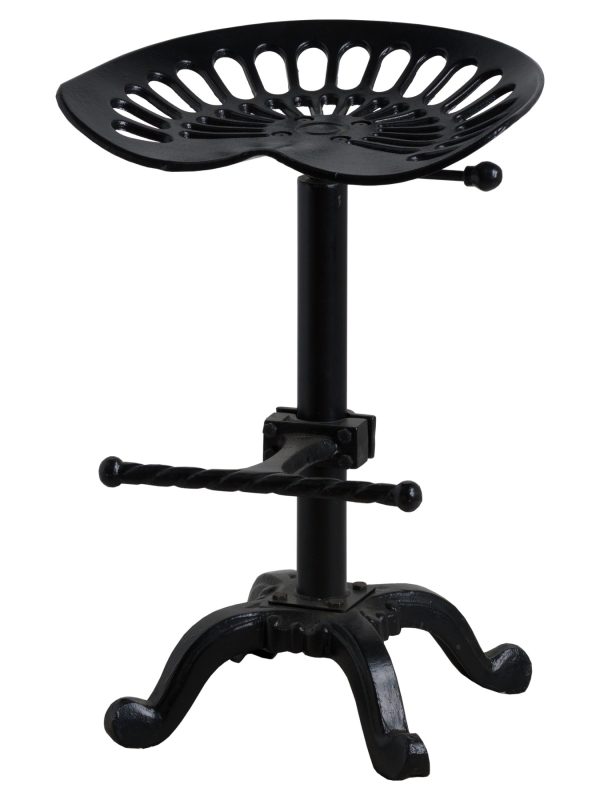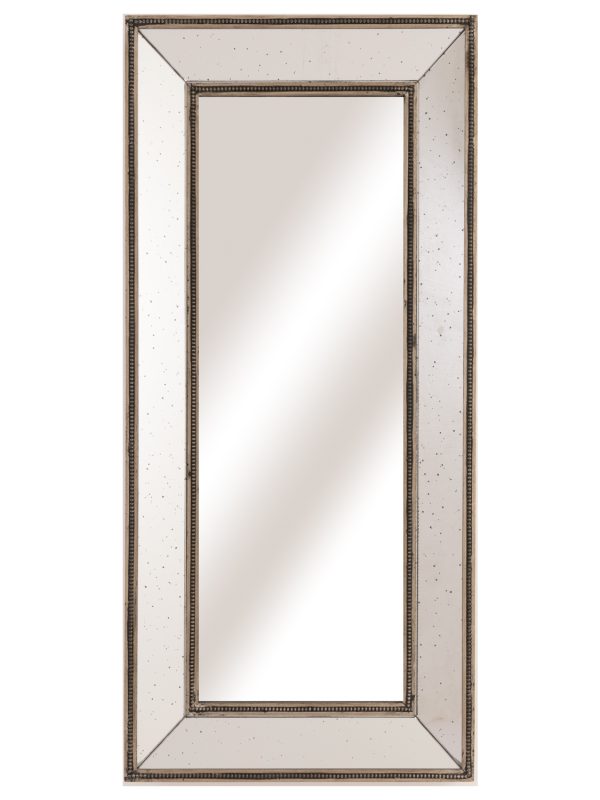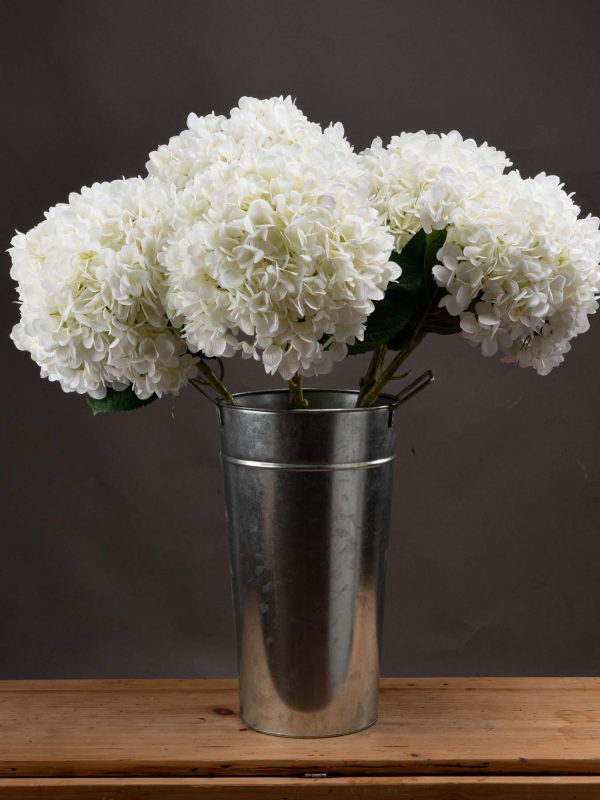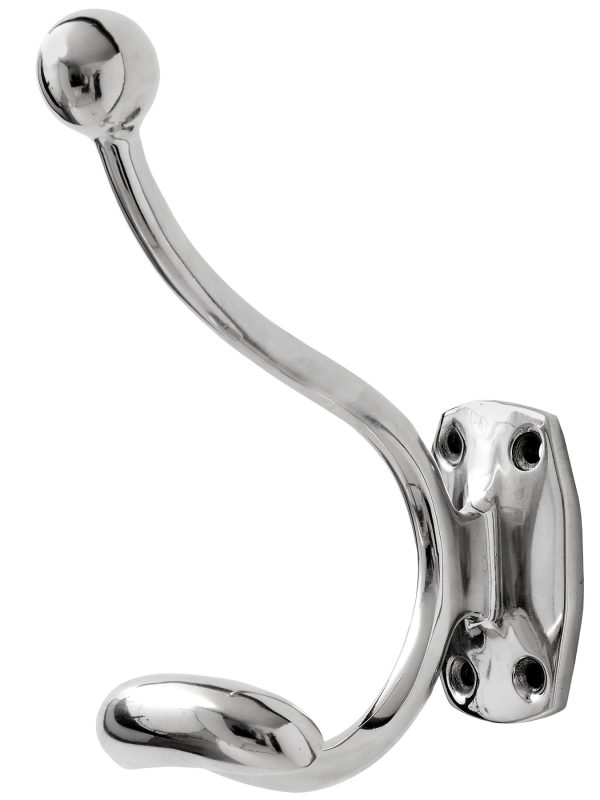Transforming Entrance Hallways: Making a Great First Impression in Your Home
The entrance hallway is the first thing guests see when they enter your home, setting the tone for the entire living space. It’s not just a place to hang your coat or kick off your shoes; it’s an opportunity to make a lasting impression. With thoughtful design, you can transform this transitional area into a functional and stylish space that welcomes visitors while reflecting your personality. Here’s a guide to creating a stunning entrance hallway that sets the stage for your home.
1. Embrace the Power of Color
The color palette you choose for your hallway plays a crucial role in creating the atmosphere you want to convey. Lighter tones, such as whites, creams, and pastels, can make a small or narrow hallway appear more spacious and bright, reflecting natural light and enhancing a sense of openness. If you have a larger or well-lit hallway, don’t be afraid to experiment with darker, bolder hues like deep blues, charcoal, or even black. These colors can add drama and a touch of sophistication, especially when balanced with lighter elements like trim or decor.
For a unique touch, consider using two-tone walls, such as darker tones on the lower half and lighter colors above, or opt for an ombre effect for a soft transition. Accent walls with wallpapers featuring patterns or textures can also bring character to the space.
2. Maximize Natural Light and Use Smart Lighting Solutions
Entrance hallways often suffer from a lack of natural light, especially if there are no windows or only limited daylight. To counter this, optimize any natural light by using mirrors to reflect it. Placing a large mirror strategically opposite a light source or window can significantly brighten the space and give the illusion of a larger area.
In addition to natural light, a layered lighting approach is key. Ceiling lights, such as chandeliers or pendant lights, can make a bold statement, while wall sconces add ambient lighting to reduce shadows. For a more subtle effect, LED strip lighting beneath shelves or staircases can provide a warm glow, enhancing the overall atmosphere of the hallway.
3. Create a Welcoming Focal Point
Establishing a focal point in your hallway can help draw attention and create a sense of purpose in the space. This could be a statement piece of art, a sculptural console table, or an eye-catching light fixture. A carefully selected piece of artwork can convey your personal style while setting a welcoming tone for guests.
If space allows, a console table or a small bench can serve as a practical yet stylish centerpiece. Decorate the tabletop with a vase of fresh flowers, a bowl for keys, or a few decorative objects to add personality. Consider using accessories like a table lamp or a stack of books to complete the look.
4. Incorporate Practical Storage Solutions
An entrance hallway needs to be functional as well as beautiful. To keep the area tidy and organized, make sure you have sufficient storage options. This is particularly important in homes where space is limited. Wall-mounted hooks or pegs are great for hanging coats, hats, and bags without taking up valuable floor space. For larger hallways, a free-standing coat rack or an armoire can provide additional storage.
Consider integrating built-in cabinetry or cubbies to keep shoes and other items out of sight, maintaining a clean and clutter-free appearance. Storage benches are another versatile option, offering a place to sit while putting on shoes as well as a hidden space to store items like umbrellas and gloves.
5. Flooring that Makes an Impact
The flooring in an entrance hallway experiences a lot of foot traffic, so durability is key. Hardwood, stone, and tile are popular choices for their resilience and timeless appeal. For a softer touch, consider adding a runner or a doormat to protect the floors and introduce texture. When selecting a rug, look for materials that can withstand wear and tear, such as wool or synthetic fibers, and ensure it has a non-slip backing for safety.
Patterned tiles or herringbone wood floors can add visual interest and set the hallway apart from other rooms. If you choose a more neutral floor, you can still make an impact by incorporating bold patterns in rugs or runners.
6. Add Personal Touches with Decorative Accents
An entrance hallway should give visitors a taste of your home’s character, and one way to do this is by incorporating personal touches through decorative accents. Displaying framed family photos, travel souvenirs, or a collection of small artworks can add warmth and make the space feel more personal.
Seasonal decor can also keep the entrance fresh and inviting. For example, a small wreath on the wall or door during the holidays, or fresh flowers in spring, can subtly update the hallway’s look.
7. Use Mirrors to Enhance Space
Mirrors are a go-to design tool for making small spaces feel larger and brighter. A large wall mirror or a collection of smaller, decorative mirrors can make a narrow hallway appear wider. Mirrored furniture, like a console table with a reflective surface, can also add a touch of glamour while serving a practical purpose.
Mirrors with unique shapes, frames, or placements can double as artwork, adding an element of style beyond just their functional use.
8. Introduce Greenery for a Fresh Look
Adding plants or fresh flowers to your entrance hallway brings a sense of life and freshness to the space. For areas with minimal natural light, choose low-maintenance plants that thrive in low-light conditions, such as snake plants, peace lilies, or ZZ plants.
Hanging planters, wall-mounted pots, or a small potted plant on a console table can provide just the right touch of greenery without overcrowding the space. If you prefer a low-maintenance option, high-quality artificial plants can still provide a fresh look without the upkeep.
9. Consider the Flow of the Space
Since hallways are transitional spaces, it’s essential to think about the flow. Keep the layout open and avoid obstructing pathways with bulky furniture. If your hallway connects to other rooms, use complementary colors and styles to ensure a smooth transition from one space to the next. This will create a cohesive look that enhances the overall aesthetic of your home.
Consider the placement of items like coat hooks, shoe storage, and seating to ensure they don’t hinder movement or make the space feel cramped. Positioning storage elements close to the entry door can make the area more functional without compromising on style.
10. Make a Statement with the Front Door
The front door is the literal gateway to your home, and it’s an excellent place to make a style statement. Whether you choose to paint it a bold color, add decorative hardware, or install a stylish doorknob, these small details can significantly impact the overall look of your entrance hallway.
If the door has glass panels, frosted or stained glass can add an element of privacy while still allowing light to filter through. For added personality, consider hanging a wreath or placing a decorative plaque or welcome sign on the door.
By thoughtfully designing your entrance hallway, you can create a space that not only makes a great first impression but also enhances the functionality and flow of your home. From choosing the right color scheme and lighting to incorporating practical storage and personal touches, every detail can help transform this often-overlooked area into a welcoming and stylish space that reflects your personality and sets the tone for the rest of your interior.
Embrace these ideas, and your hallway can become more than just a place of transition—it can be a captivating part of your home’s story.
